In Case You Were Wondering…
We appreciate how important it is to take careful decisions about the food we all eat, especially how it has been made, the ingredients, and their provenance. We want you to know all about our vinegars by providing you with as much information as possible below.
Best Before - Use By Dates | Mother of vinegar | Nutrition | Sulphites | Food Hygiene Rating
Best Before - Use By Dates - Vinegar Storage
We all understand that Best Before labelling is a vital part of food production, in place to protect the consumer.
Vinegar, however, is a preservative and as such doesn't need to display Use By or Best Before information. In the EC1169/2011 directive which applies to Food Labels, Vinegar is an exempt product for the purposes of marking an expiry date.
This information became clear to us after we had printed some bottle labels. Consequently some of our bottles carry the text BBE (Best Before End) and a mark on their neck—2 years from purchase date.
It is safe to say though that our vinegars will only mature and improve with age. The cost of some of the most expensive vinegars available is often based around its age.
The one thing that does affect vinegar is exposure to air. This is why they are traditionally bottled in narrow bottles in order to reduce the surface area in contact with the air. While unopened bottles will last and improve, open bottles will react to exposure to air. Over time flavours will fade, so our advice is to keep using the vinegars once they are opened.
Storage is best in cool, dark conditions.
Mother of vinegar
There is a lot written about the Mother of vinegar and its presence within vinegar making processes. Basically, when alcohol ferments into vinegar, the Mother of vinegar is driving this change. The Acetobacter aceti, (good bacteria and proper name for the Mother), responsible for this transformation / fermentation, are present naturally and controlling them in our production process is one of our challenges. While Mother of vinegar is the common name given to the acetobacter, it can appear in a more visible form as a gelatinous disk floating on the surface of fermenting alcohol / vinegar. Comprising primarily of cellulose, it is harmless if accidentally consumed, but not recommended!
The Mother of vinegar is present in all our vinegars as we don’t use any pasteurising process which would kill the acetobacter. Because the vinegars contain ‘live’ bacteria, occasionally a small jelly like disk may form on the surface of the vinegar in the bottle. As already mentioned, this is harmless and can easily be removed, discarded or ignored. The rest of the vinegar does not need to be discarded.
Nutrition
Trading standards and the regulations surrounding food labelling are strict and well regulated. Usually and for good reason, packaged foods need to display their nutritional values.
Fermented vinegars are exempt from the need to display nutritional values on their packaging. However, we have gone to the trouble of obtaining this level of analysis on our vinegars so you can be sure about their contents.
| Energy (kJ/100ml (kcal/100ml)) | 78 (18) |
| Fat (g/100ml) | <0.5 |
| —of which saturates (g/100ml) | <0.5 |
| Carbohydrate (g/100ml) | <0.5 |
| —of which sugars (g/100ml) | <0.5 |
| Protein (g/100ml) | <0.5 |
| Salt (g/100ml) | <0.01 |
Sulphites
Sulphites are present in many foods, often added as a preservative but do also occur naturally in some foods including fermented foods. The Food Standards Agency lists sulphites / sulphur dioxide as one of the 14 most potent allergens. Food Law states that food labelling must state the presence of sulphites. It is therefore of concern to know accurately about the presence of sulphites in any food product.
We have had our vinegars tested and can confirm that they fall within the safe levels of less than 10mg/litre. This means we don’t need to mention sulphites on our labels or packaging. We can also state that we do not add sulphites in any part of our process. After all, we are making vinegar which can itself be used as a preservative.
Food Hygiene Rating
Following an inspection of our processes and a review of our Food Hygiene, Safety and HACCP documentation we are pleased to have been awarded a 5 Star Food Hygiene Rating by the Environmental Health Officer.

